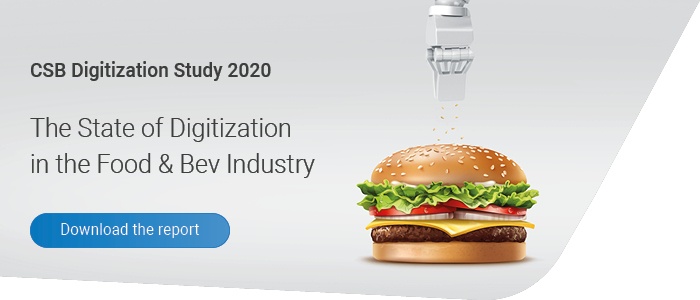Corporate groups like Miratorg, Charoen Pokphand Foods, Mitsubishi and EDEKA have one thing in common: They all count on vertical business models. However, verticalization also offers good opportunities for medium-sized enterprises, enabled by modern IT solutions.
“Forward or backward integration is an effective method not only for major corporations to enhance competitiveness. SMEs should also look into this strategy,” says Klemens van Betteray of CSB-System. Vertical integration creates ideal conditions to guarantee top standards at all levels of production, food safety and traceability.
Smaller companies may not be able to keep up with the big players when it comes to the acquisition of companies of the upstream and downstream value creation. “But they can utilize the available digital integration tools in the form of software solutions,” van Betteray explains. As a result, significant capacity improvements can be achieved and, ultimately, substantial efficiency and cost benefits can be realized
For example, the medium-size enterprise of tsatsiki specialist Apostels has integrated its Spanish cucumber suppliers IT-technically into its supply chain. The data for the cucumber crates and pallets are transmitted online and printed in receiving at the head office in Garbsen.
Another example is Eisberg, the Swiss salad manufacturer: The company uses a software solution that enables meticulous monitoring of the products, from growing crops to packaging items. The employees run initial checks already on the fields of their about 100 suppliers, which are located all over Europe. Equipped with laptops, they use a web-based application for entering raw material data in terms of quantity and quality directly on site. After the test results have been stored in the system, they are available immediately at the production facilities. As a result, Eisberg knows the quality of the raw materials even before they arrive at the production facilities in Switzerland, Poland, Hungary and Romania. This has two major advantages: First, production can be planned more precisely and efficiently. Second, Eisberg is better able to assess its suppliers.


